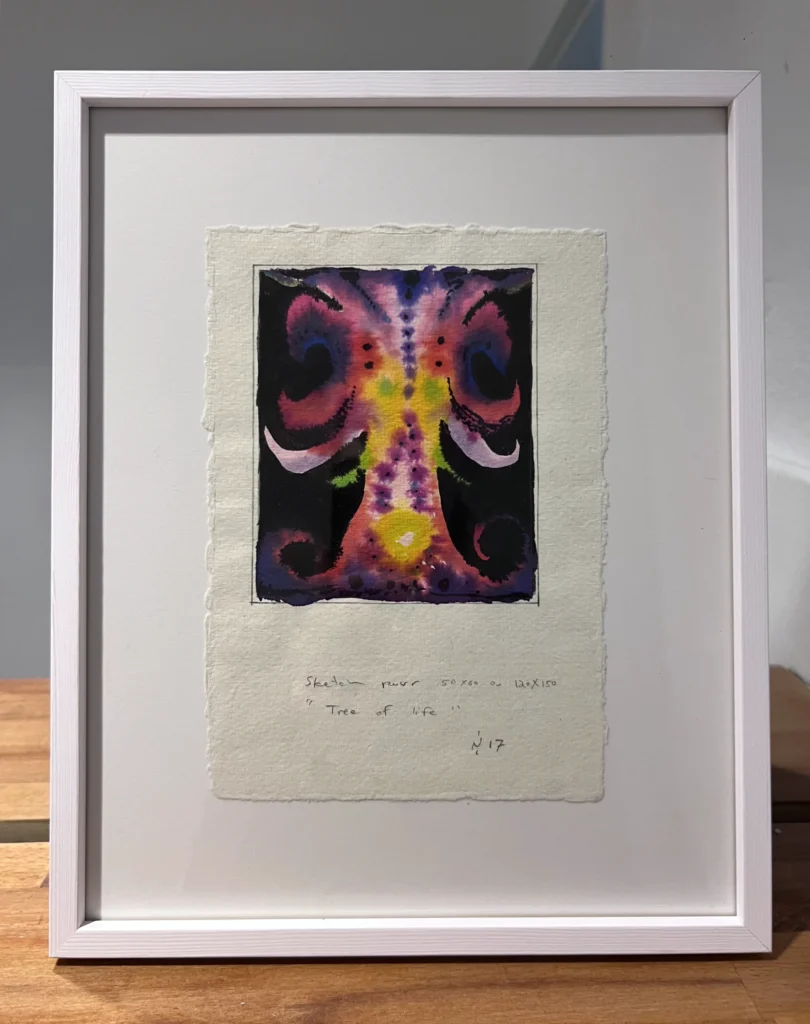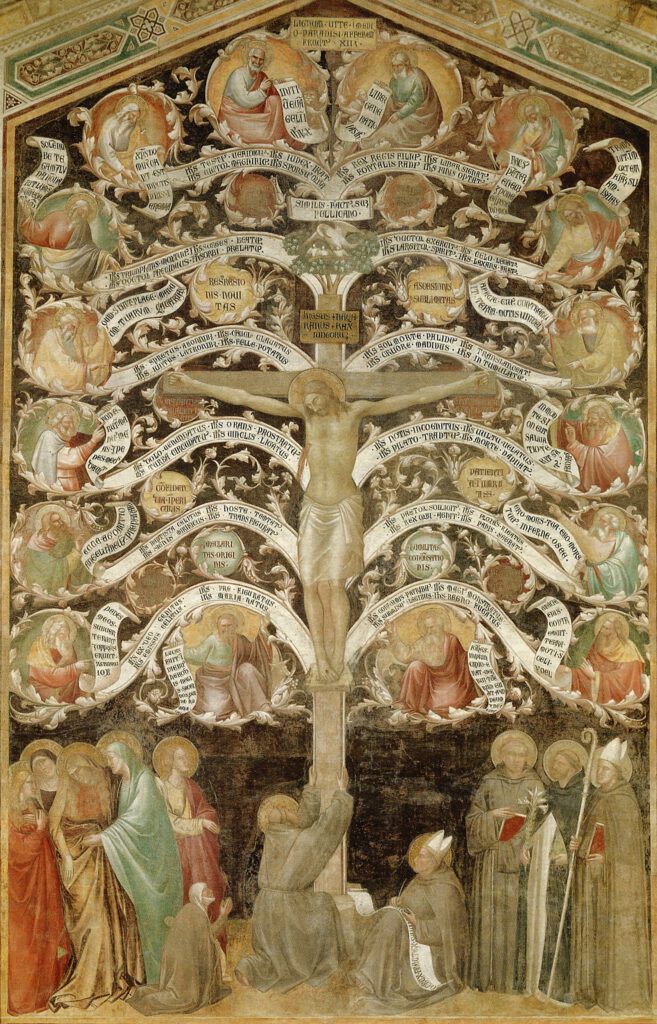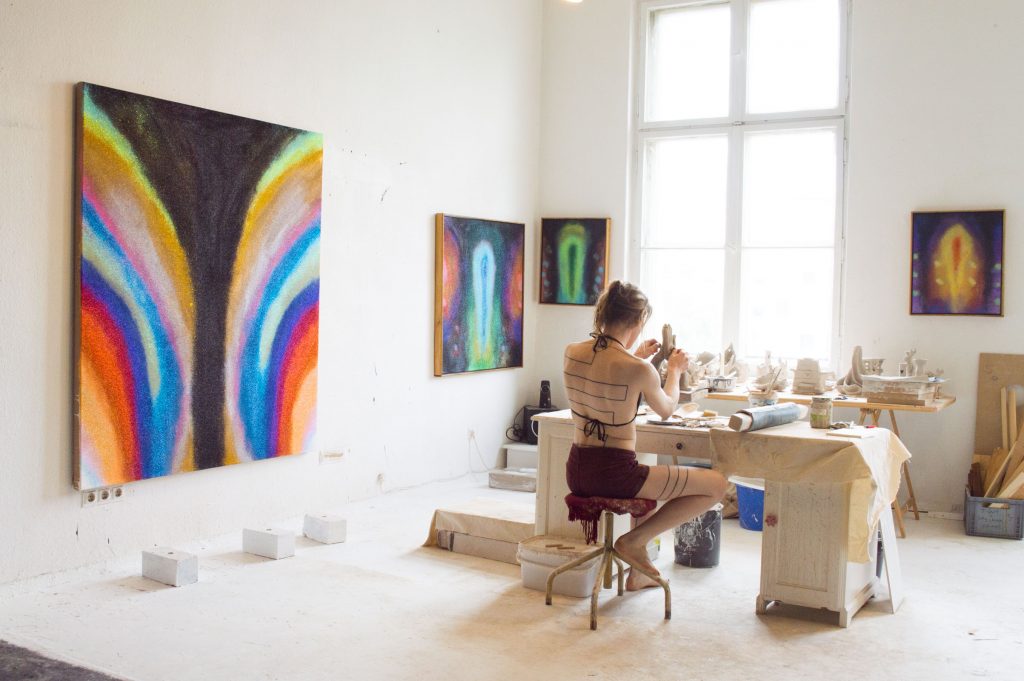Philara Collection presents “Melting Sands” with works with Paul Hance.
18 October 2025 – 25 January 2026
To mark the 150th anniversary of the former Lennarz Glassworks—whose converted factory has housed the Philara Collection since 2016—the exhibition Melting Sands explores glass as one of the most paradoxical and transformative materials in contemporary art. Bringing together international artists such as Gabriele Beveridge, Narges Mohammadi, Jeremy Shaw, Slavs and Tatars and Paul Hance, the show reflects on how structure and chaos, light and opacity, fragility and permanence coexist within this medium.
Glass, long seen as a metaphor for transparency and utopia, is revisited here as a substance of instability and metamorphosis—an amorphous solid in constant potential for change. The works on view question what can be learned from glass today: its reflective, connective, and collective properties, and its role in a world that blurs boundaries between material and immaterial.
Within this dialogue, Paul Hance presents works that investigate the fluid, cyclical nature of perception and life. His Rasaseries employs Bohemian glass and silver leaf to create reflective surfaces that capture transient, fragmented images—moments of self-perception in motion. In Investigating the Mystery of the Moon, a Parisian cast-iron tree grate frames a pink-gold disc of hand-blown glass, linking urban memory, material alchemy, and the enduring mystery of transformation .



